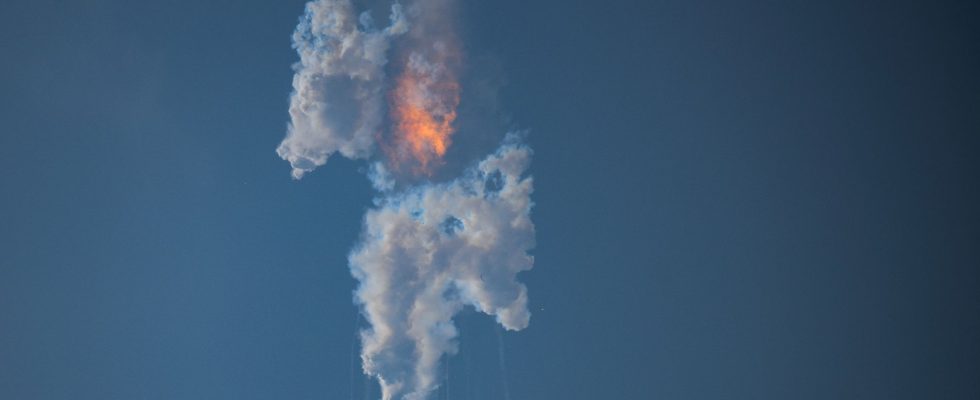The test flight of the giant SpaceX rocket on April 20 is the perfect illustration of the discrepancy between the modes of innovation in the United States and in Europe. The European Space Agency (ESA) remains faithful to a traditional approach: huge programs like Ariane are launched, each version and each component of which is the subject of in-depth studies; everything is verticalized with developments done in sequence. Once the first example of a spacecraft is completed, it is supposed to run like clockwork because all possible precautions have been taken. Failure is not an option (in principle). A few years ago, an engineer working on Ariane 5 wanted to install cameras on the rocket like SpaceX does, for both documentary and media purposes. Out of the question, he was told, if things go wrong, it is not possible to have videos lying around on YouTube.
Visitors to the huge Ariane rocket assembly plant in Les Mureaux, about thirty kilometers from Paris, will notice both European excellence in space engineering and its deadly disconnection from the space launcher market. . In this industrial cathedral, rockets are assembled at a pace unlikely to trigger a burnout, but which partly explains the years of delay in the program. “They are still waiting for a part that must come from Germany or Italy, nothing is optimized,” sighs a major Arianespace customer who visited the site last year and adds: “A contract for Ariane, it’s eighteen months of discussion. At SpaceX, it’s completed in three weeks. And it’s much cheaper.”
If Ariane polishes her machines like Rolexes, SpaceX makes Swatches. For the Starship, as before on the Falcon rockets and their recoverable stages, it was decided to build and test as many as necessary until the launchers were ready. Hence the many “unplanned rapid deconstructions” (Rapid Unscheduled Disassembly), in other words, the explosions: five for the different iterations of the Falcon rockets which, today, carry out a launch every three days. For the various pre-prototypes of the Starship – the first version of which was a large canister which flew for a few tens of seconds at an altitude of 150 meters – half a dozen were destroyed. And that’s without counting the fireworks of the maiden flight of the complete rocket which disintegrated above the Gulf of Mexico after four minutes of flight. Not so serious. SpaceX already has three Starships ready to fly, and the sequel is coming at a steady pace: ten vehicles will be built in the time needed to produce a single copy of Ariane 6 or the Space Launch System (SLS) Artemis rocket. .
Space Europe lagging behind
Over time, the comparison is even more cruel: the Ariane 6 project was launched in 2014, so it will have taken ten years and 4 billion euros before its first flight, constantly delayed and now scheduled for 2024. only one rocket completed to date. On the SpaceX side, four or five test flights are still planned for the coming year. And the first ten operational rockets will have cost around 5 billion dollars, five times less than the American SLS started twelve years ago and whose first Artemis rocket flew, without anyone on board, in November 2022.
To add humiliation to defeat, even when Ariane 6 and the SLS are operating at full capacity, in 2025 at best, they will carry out missions with outdated technology: a non-reusable launcher, the result of disastrous technological choices made by the Europe Space and the US Federal Agency. These have succumbed to the same bureaucratic conservatism that has resulted in ruinous conceptual obsolescence.
This mentality where the speed of execution and the appetite for risk taking prevail is not the result of chance. In the lecture halls and labs of American universities, the watchword is “try”; it has been adopted in companies, where failure is synonymous with learning. In Paris, when foreign students passing through Sciences Po are questioned, for example, about the differences in teaching between the French institution and their home university, all underline the systematic stigmatization of failure. Risk is also part of education.
